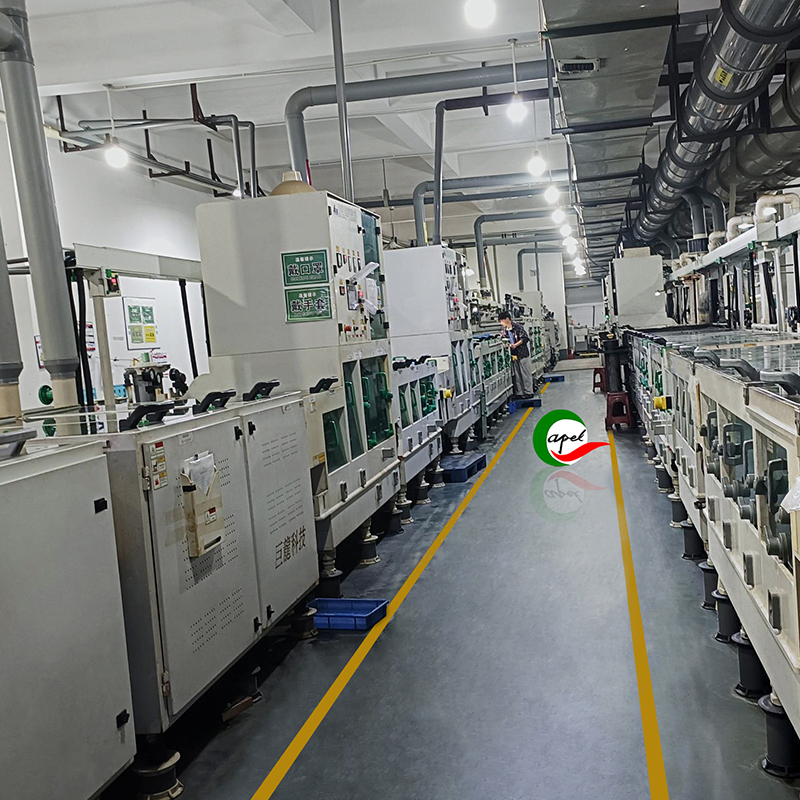Introduction:
The world of printed circuit boards (PCBs) is vast and complex. There are many stages involved in bringing a PCB design to life, and it’s important to understand the key differences between PCB prototyping and full-spec production. Whether you are a beginner exploring the world of electronics or a seasoned professional, this blog aims to shed light on these two basic phases and help you make informed decisions for your projects.
PCB prototyping is the initial stage of the PCB manufacturing process. It involves creating a prototype or sample of the final PCB design before proceeding to mass production. Prototyping is usually done in small batches with the primary purpose of testing the design and validating its functionality. On the other hand, full-spec production, also known as high-volume production, occurs after the prototyping stage. It involves replicating a design on a larger scale, often thousands or even millions of units.
Now, let’s delve into the key differences between these two critical PCB manufacturing stages.
1. Purpose:
The main purpose of PCB prototyping is to validate the design and identify any potential flaws or issues. Prototyping allows engineers and designers to test different design iterations, test performance and make any necessary adjustments. The purpose is to ensure that the final PCB design meets the required functional and performance requirements. Full-spec production, on the other hand, focuses on accurately and efficiently replicating designs at scale to meet market demand.
2. Speed and cost:
Because PCB prototyping involves creating individual samples or small batches of prototypes, it is relatively faster and more cost-effective than full-spec production. Prototyping enables faster iterations and faster feedback, allowing designers to promptly identify and resolve any design flaws. Full-spec production, taking into account larger scale and higher output, requires more time and higher costs due to the complexity of the manufacturing process and the requirements for accuracy and consistency.
3. Materials and manufacturing process:
PCB prototyping often uses off-the-shelf materials and more flexible manufacturing techniques. It allows designers to test different materials, technologies and manufacturing methods without the lengthy and expensive setup required for full-spec production. Full-spec production, on the other hand, involves the use of specific materials and optimized manufacturing techniques to ensure consistent quality and reliable performance across larger production runs.
4. Testing and Quality Control:
During the prototyping phase, testing and quality control are crucial. Engineers rigorously test prototypes to ensure the design meets required specifications and performance requirements. Prototyping helps identify and correct any issues early, resulting in a perfect and error-free final design. Full-spec production involves implementing strict quality control measures throughout the entire manufacturing process to maintain consistent quality across all units.
5. Scalability and volume:
One of the key differences between PCB prototyping and full-spec production is throughput. As mentioned earlier, prototyping is usually done in small batches. Therefore, it is not suitable for large-scale or batch production. Full-spec production, on the other hand, focuses on replicating the design on a larger scale and meeting market demand. It requires scalable production capabilities, efficient supply chains and streamlined manufacturing processes.
In conclusion
It is crucial for anyone in the electronics industry to understand the key differences between PCB prototyping and full-spec production. PCB prototyping enables designers to validate the design, identify and correct any issues, and ensure desired functionality and performance are achieved. Full-spec production, on the other hand, focuses on efficiently replicating a design on a larger scale to meet market demand.
Both stages have their own unique importance in the PCB manufacturing process, and choosing the right method for your project depends on various factors such as budget, time constraints, volume requirements, and design complexity. By considering these differences, you can make informed decisions that meet your project goals and requirements.
Post time: Oct-12-2023
Back







